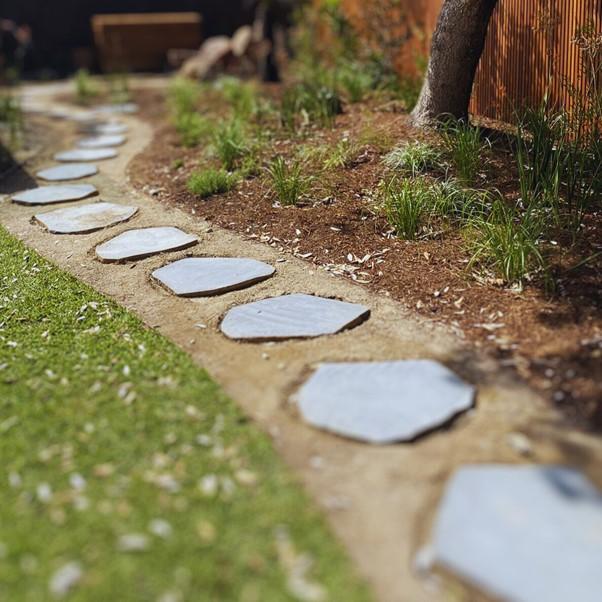
Designing Coastal Gardens: Creating Serene Landscaping in Kingscliff by the Sea
In 2023 landscaping in Kingscliff seen a surge in the desire to create a Coastal theme, as this offers a unique opportunity to blend the beauty of nature with the tranquillity of the sea. Designing these landscapes projects in Kingscliff requires a thoughtful approach that harmonizes with the coastal environment while embracing its challenges. Whether you’re working with sandy shores or strong open windy areas, here are some essential tips to landscape a captivating coastal garden in Kingscliff.
- Understanding the Environment: Coastal areas are exposed to saltwater spray, strong winds, and shifting sands. It’s crucial to select plants that can thrive in these conditions. Opt for salt-tolerant species such as beach grasses, Disphyma and Carpobrotus. These plants not only withstand salty air but also contribute to stabilizing soil in coastal areas.
- Native Plant Selection: Utilise native plants indigenous to the Kingscliff coastal region. They are well adapted to our local climate and soil conditions, requiring less maintenance. Native plants also attract local wildlife, fostering a biodiverse ecosystem within your garden.
- Wind Protection and Structural Planning: Be mindful that strong coastal winds can damage delicate plants. Smart landscaping designs can create windbreaks using hedges, fences, or strategically placed rocks to protect your garden. Incorporating sturdy structures like pergolas or trellises to provide support for climbing plants will also add architectural interest.
- Water Management: Water management in coastal landscaping is a crucial aspect that requires thoughtful planning and execution to maintain a harmonious balance between natural beauty and environmental sustainability. Given the proximity to oceans or other water bodies, coastal landscapes face unique challenges such as erosion, saltwater intrusion, and fluctuating water levels. Employing strategic techniques like installing permeable surfaces, rain gardens, and utilising native plants that are drought-tolerant and salt-resistant can significantly aid in water conservation and soil stabilization. Implementing proper irrigation systems tailored to the specific needs of the landscape, such as drip irrigation or smart watering technologies, helps in efficient water distribution while minimizing wastage. Moreover, incorporating natural features like bioswales or retention ponds can effectively manage stormwater runoff, preventing erosion and pollution of nearby water sources. A holistic approach to water management in coastal landscaping not only preserves the aesthetic appeal but also fosters ecological resilience and supports the overall health of the surrounding environment.
- Soil Enrichment and Erosion Control: Kingscliff soils are often sandy and prone to erosion. Implementing measures such as mulching and planting ground cover to improve soil structure, prevent erosion, and retain moisture. Introducing compost or organic matter can enhance soil fertility and encourage plant growth.
- Embrace the Coastal Aesthetic: Incorporate elements that reflect the coastal ambiance. Utilise driftwood, shells, and pebbles for pathways or decorative accents. Consider a colour palette inspired by the sea—blues, greens, and sandy tones—to evoke a sense of tranquillity and connection to the coastal surroundings.
- Create Diverse Zones: Design your garden with diverse zones that cater to different purposes or microclimates. Develop seating areas to enjoy the ocean views, sheltered corners for delicate plants, and open spaces for sun-loving varieties. This diversity adds interest and functionality to your coastal landscape.
- Maintenance and Regular Care: Regular maintenance is key to a thriving coastal garden. Monitor plant health, prune as needed, and remove debris carried by the wind. Regularly check for signs of salt damage on plants and take necessary measures to mitigate its effects.
In conclusion, landscaping a coastal garden in Kingscliff involves a blend of careful planning, understanding of local conditions, and appreciation for the unique beauty of coastal environments. By selecting suitable plants, creating protective structures, and embracing the coastal aesthetic, you can create a serene and captivating landscape that celebrates the allure of the sea while thriving in its challenging conditions.
